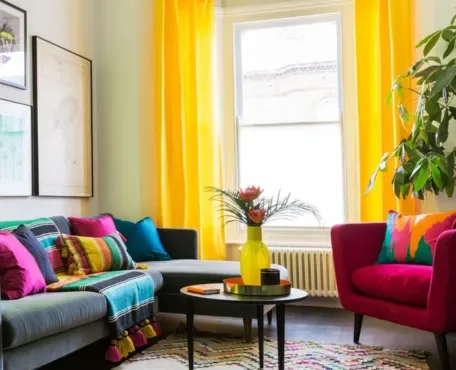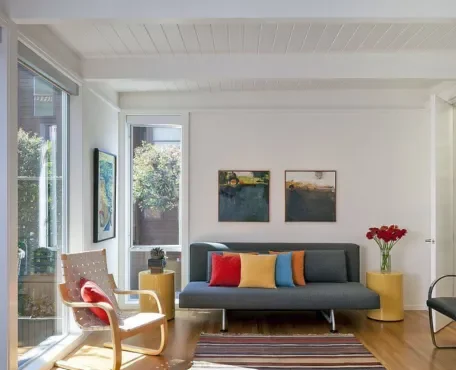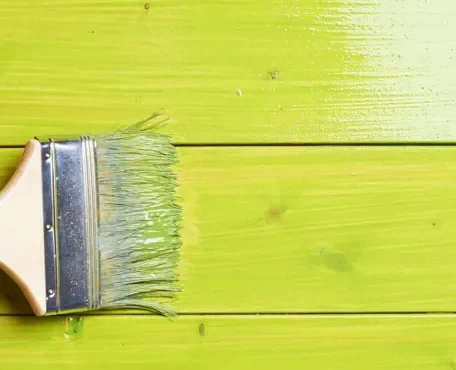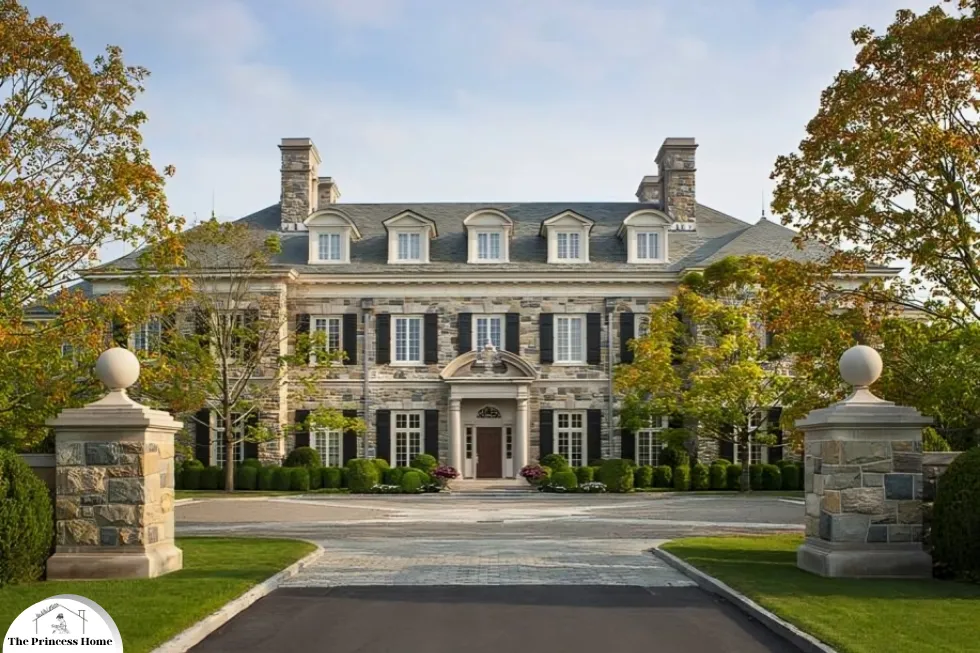
Colonial architecture stands as a testament to the enduring appeal of traditional design aesthetics. With its symmetrical facades, stately columns, and charming details, Colonial-style buildings exude a sense of elegance and timelessness. One key aspect of enhancing the beauty of Colonial architecture lies in selecting the right colors. In this guide, we delve into the significance of color choices for Colonial buildings and offer recommendations to help you achieve a harmonious and captivating look.

Understanding Colonial Architecture
Before delving into color choices, it’s essential to grasp the essence of Colonial architecture. Originating from the colonial period in American history, this architectural style reflects the influences of European settlers, primarily English, Dutch, and Spanish. Characterized by symmetry, proportionality, and restrained ornamentation, Colonial buildings typically feature a central doorway, evenly spaced windows, and often, a prominent chimney.

The Significance of Color
Color plays a pivotal role in defining the visual impact of Colonial architecture. It not only enhances the building’s aesthetic appeal but also communicates a sense of tradition, sophistication, and harmony with the surrounding landscape. When selecting colors for a Colonial-style building, it’s crucial to consider both the main body and the accent hues.
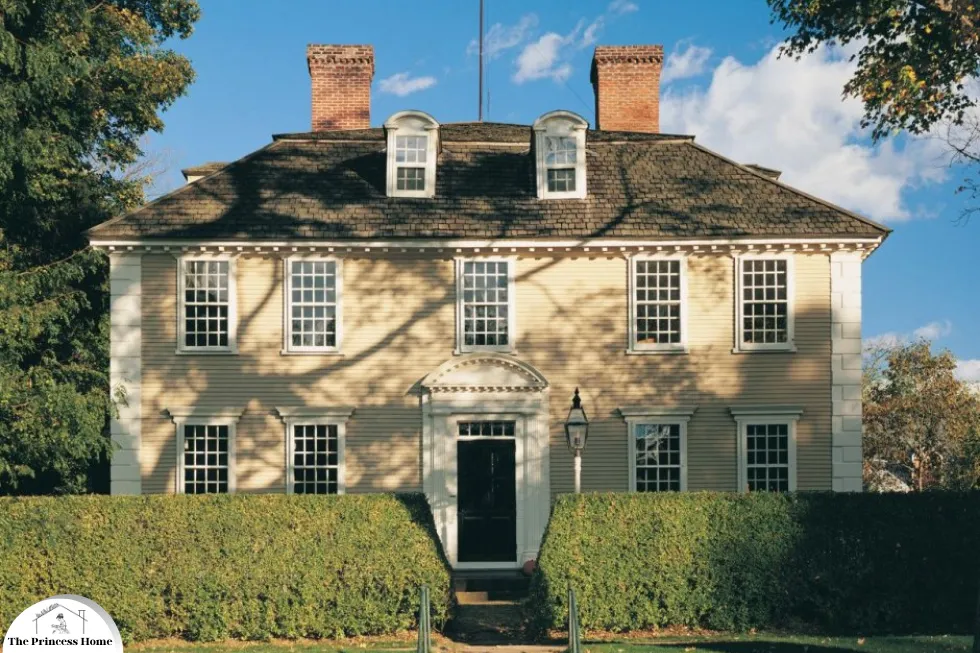
Classic Main Body Colors
For the main body of a Colonial building, classic colors reign supreme. White, with its clean and crisp appearance, is a perennial favorite.
It imparts a sense of purity and timelessness, making it a popular choice for Colonial homes and public buildings alike. Cream, a warmer alternative to white, exudes an inviting charm and pairs well with traditional architectural elements such as brick or clapboard siding. Light gray, another classic option, adds a touch of modernity while maintaining the overall elegance of design.
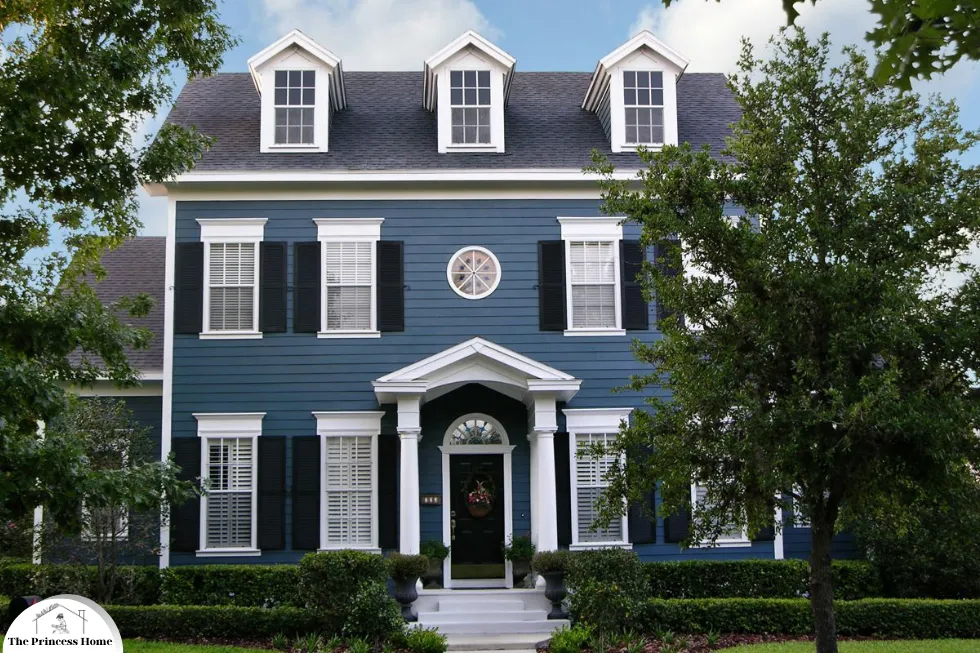
Elevating with Accent Colors
While the main body color sets the tone, accent hues infuse depth and personality into Colonial architecture. Navy blue, with its rich and regal allure, serves as a striking complement to the neutral backdrop.
Whether used for shutters, doors, or trim, navy blue adds a touch of sophistication and visual interest. Forest green, reminiscent of lush landscapes and verdant foliage, brings a sense of tranquility and natural beauty to Colonial buildings. Burgundy, with its deep and luxurious undertones, lends an air of opulence and refinement, particularly when used sparingly as an accent color for doors or window shutters.

Achieving Harmony &Elegance
The key to successful color choices for Colonial architecture lies in achieving a harmonious balance between the main body and accent colors.
Opting for a neutral main body color such as white, cream, or light gray provides a versatile canvas that allows accent hues to shine without overwhelming the architectural integrity of the building. When incorporating accent colors, consider the surrounding environment, architectural details, and desired aesthetic to ensure a cohesive and visually pleasing result.
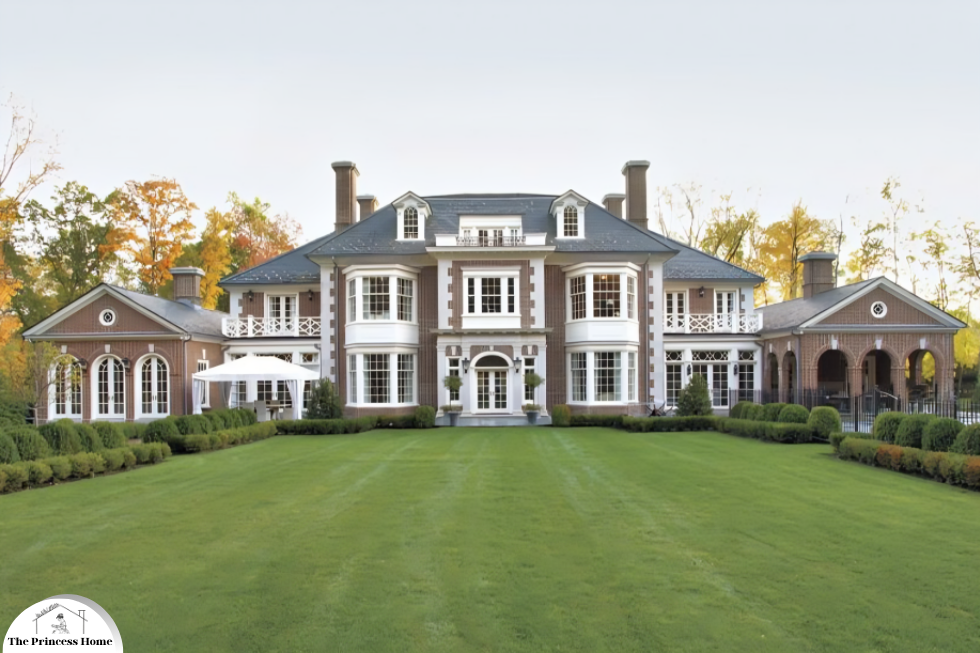
Colonial architecture is characterized by a blend of European styles with local influences, often found in regions once colonized by European powers such as Spain, Portugal, France, or Britain. Common features include symmetry, columns, large porches or verandas, and simple, geometric shapes.
When it comes to colors in colonial architecture, there’s typically a focus on earthy tones and muted colors. This reflects the natural surroundings and helps buildings blend into their environment.
Common colors include:
1.Whites and Off-Whites: These colors were frequently used for colonial buildings, especially in regions with hot climates, as they help reflect sunlight and keep interiors cooler.
2.Earthy Tones: Shades of brown, tan, beige, and terracotta are popular choices, echoing the colors of the surrounding landscape and materials like clay and stone.
3.Soft Pastels: Soft pastel shades such as light blue, pale yellow, soft pink, and mint green were also common, adding a touch of brightness without being too overpowering.
4.Deep Reds and Blues: In some regions, deeper shades like burgundy red or navy blue were used to add contrast and sophistication to trimmings or accents.
5.Greens: Soft, muted greens reminiscent of foliage were also popular choices, blending the building into its natural surroundings.

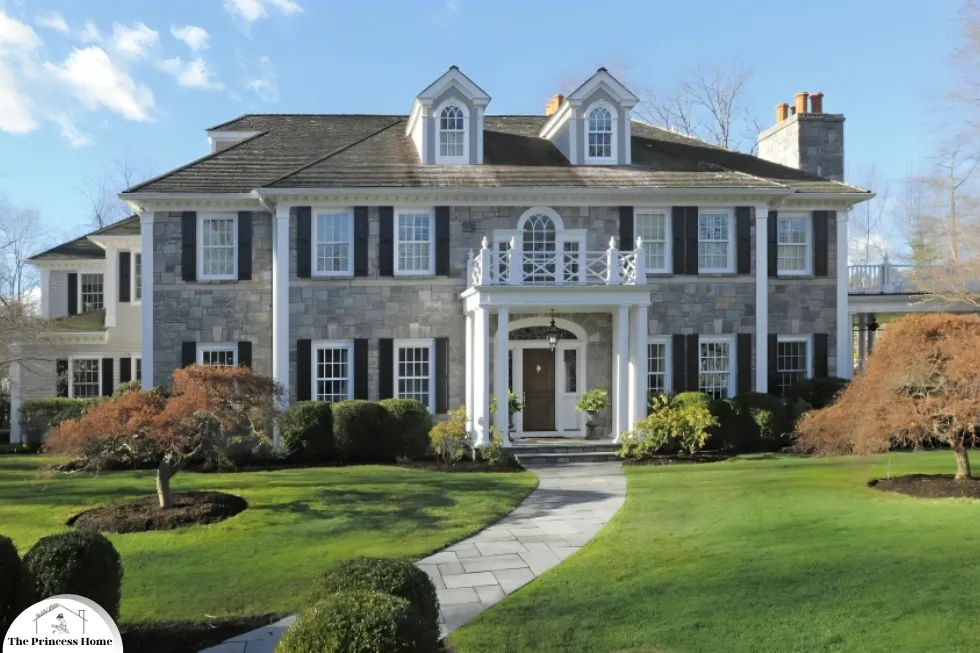
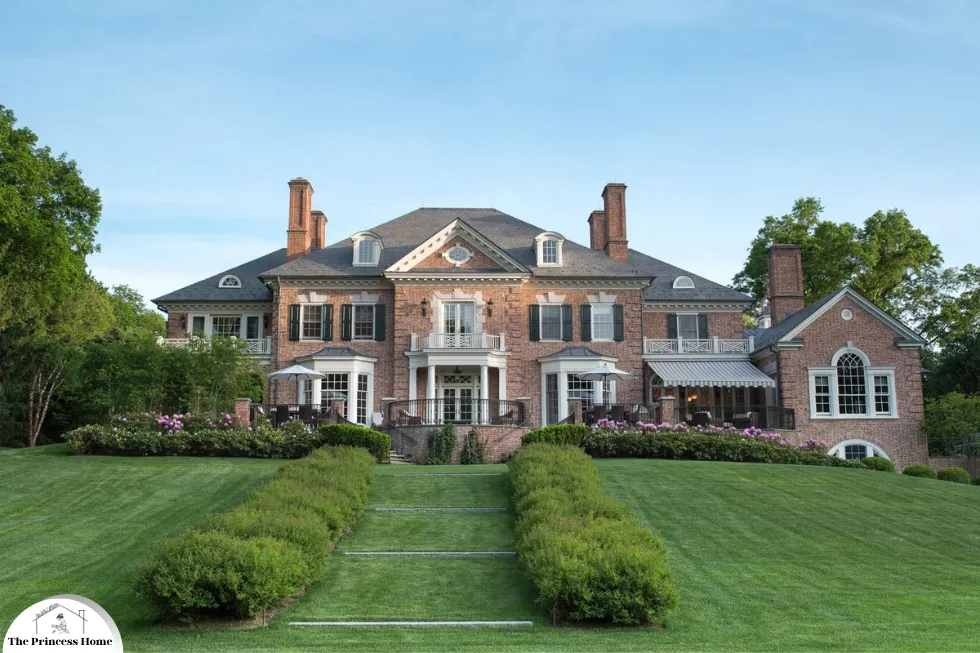
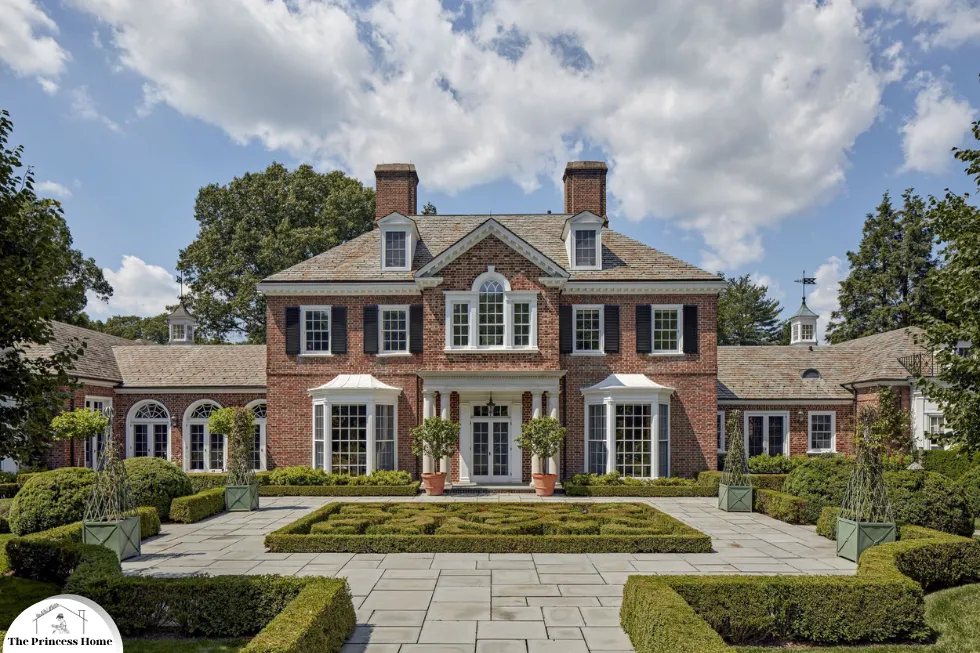
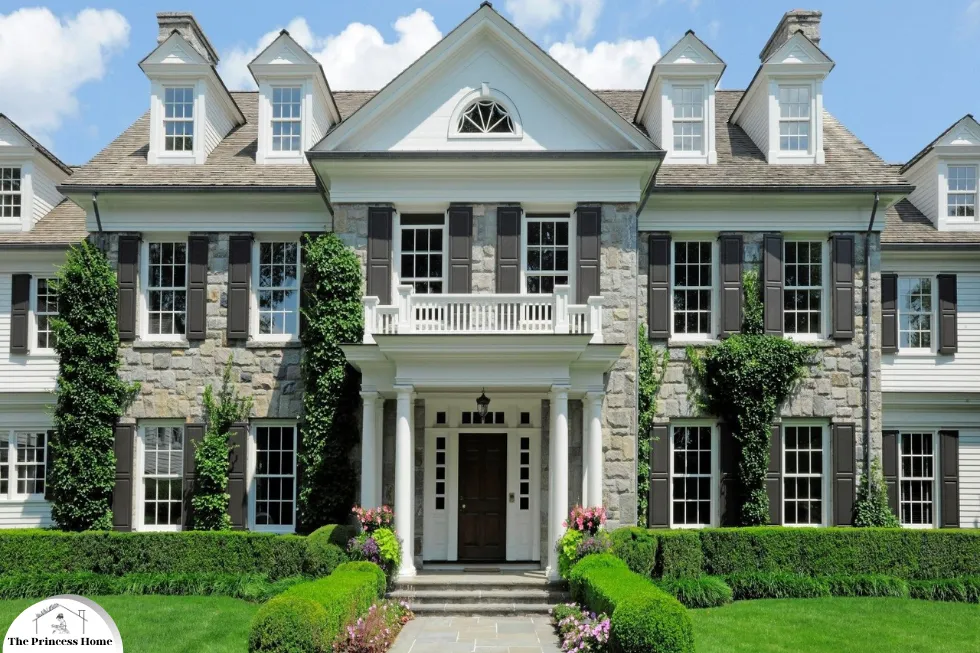
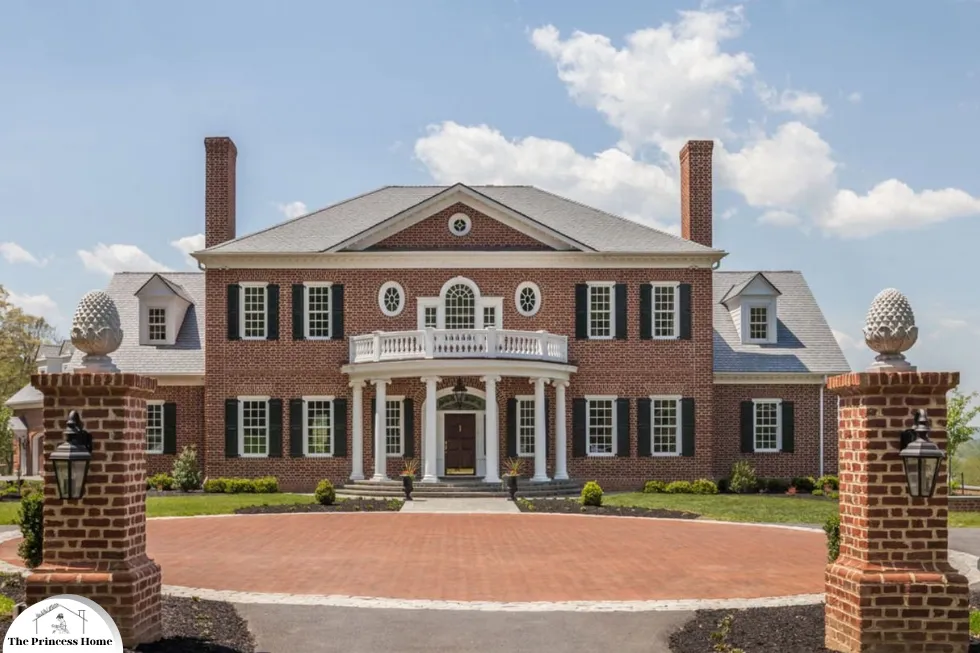
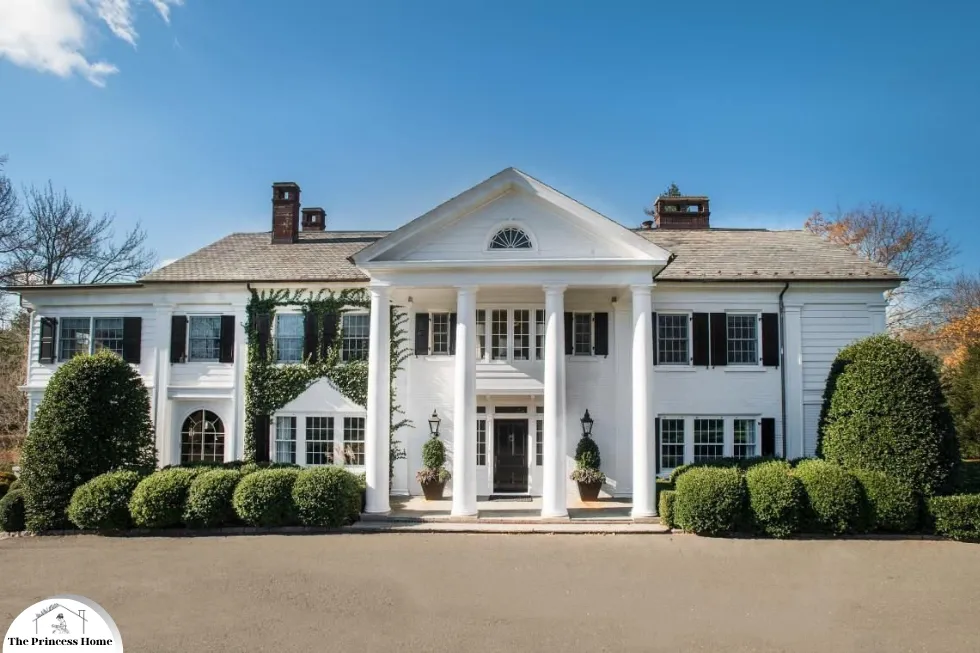

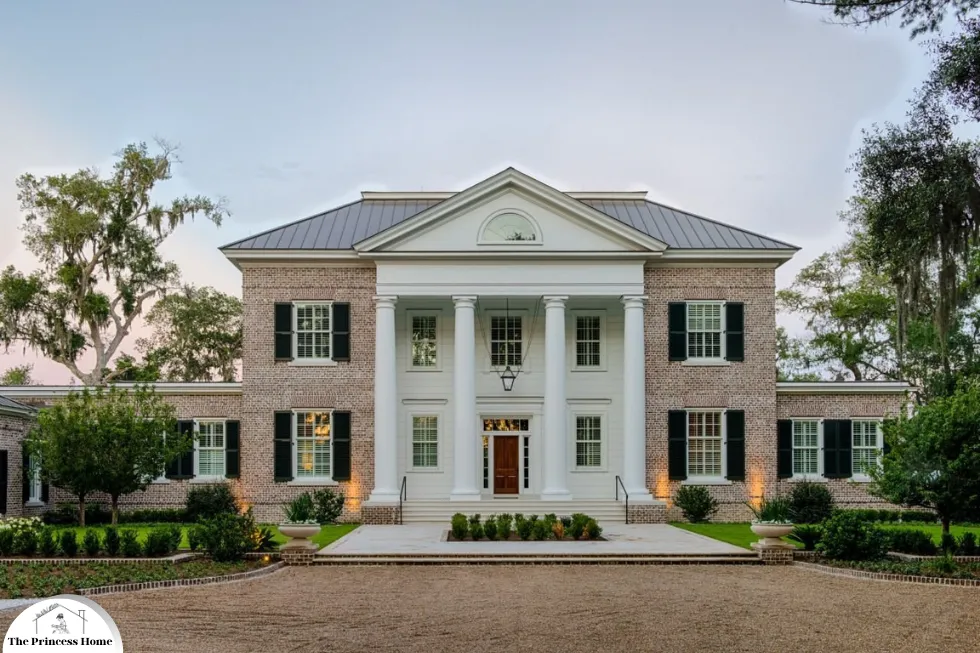

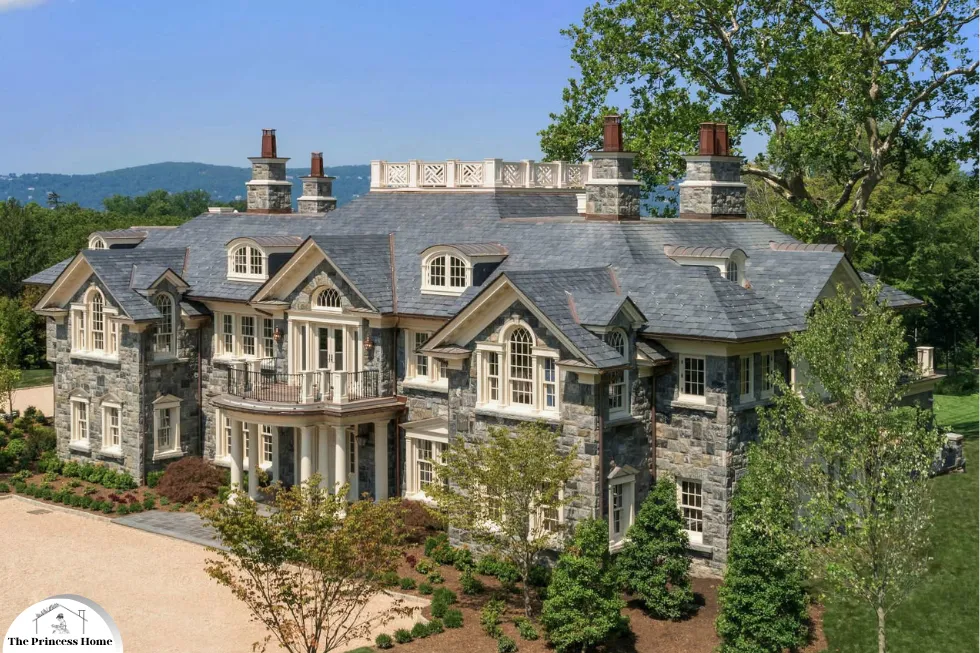
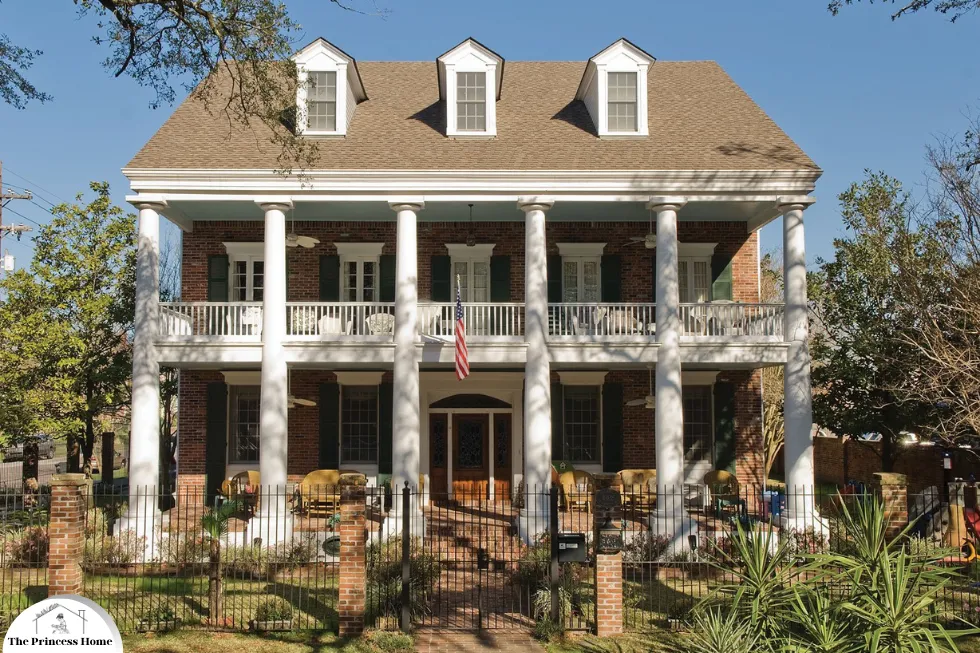

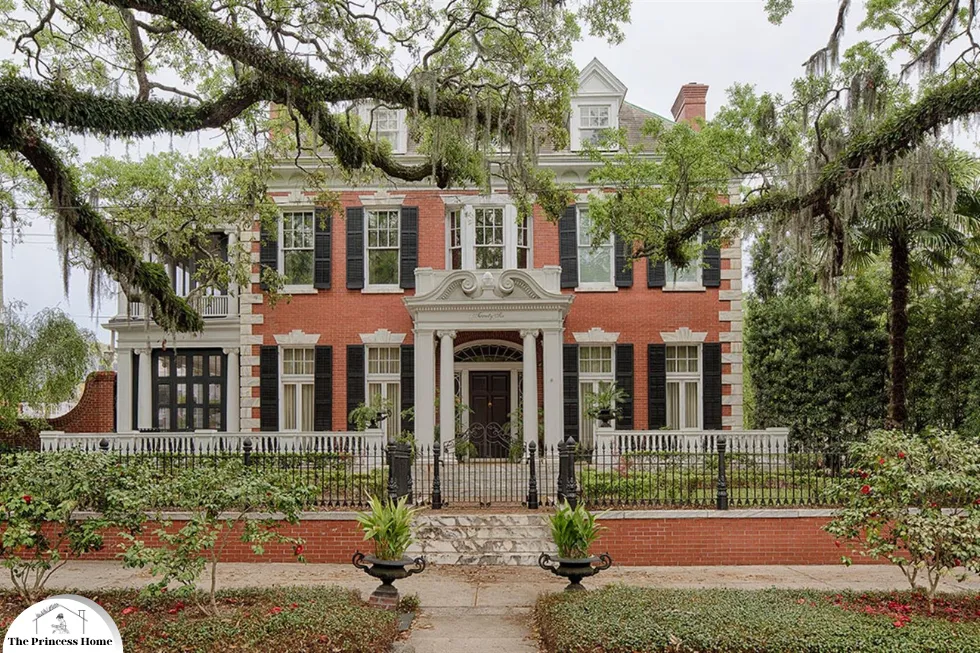
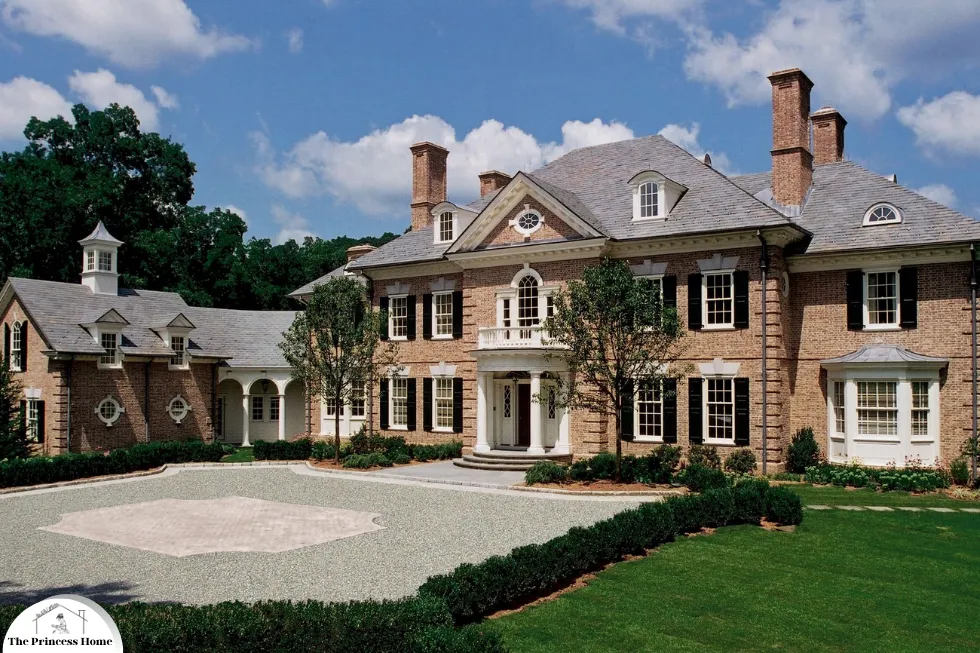
Conclusion
In the realm of architectural design, Colonial style stands as a timeless beacon of elegance and refinement. By carefully selecting colors that honor the traditions of this iconic architectural style, you can enhance the beauty and allure of while infusing them with a touch of contemporary sophistication. Whether you choose classic hues like white and cream or opt for rich accent colors such as navy blue and burgundy, the art of color selection holds the power to elevate architecture to new heights of beauty and elegance.
Frequently Asked Questions About Color Choices.
Q1: Why are neutral colors like white, cream, and light gray recommended for the main body of Colonial buildings?
A: Neutral colors such as white, cream, and light gray are recommended for the main body of Colonial buildings because they evoke a sense of timelessness and elegance. These hues complement the traditional design elements of Colonial architecture while allowing accent colors to stand out and add depth.
Q2: What is the significance of accent colors in Colonial architecture?
A: Accent colors play a crucial role in Colonial architecture by adding depth, visual interest, and personality to the building’s exterior. They can help highlight architectural features such as doors, shutters, and trim, while also enhancing the overall aesthetic appeal.
Q3: How do I choose the right accent colors for my Colonial building?
A: When choosing accent colors for your Colonial building, consider factors such as the surrounding environment, architectural details, and desired aesthetic. Classic accent colors like navy blue, forest green, and burgundy complement neutral main body colors while adding sophistication and elegance.
Q4: Can I use bold or unconventional colors for Colonial architecture?
A: While traditional colors are typically recommended for Colonial architecture, there is room for creativity and personal expression. However, it’s essential to ensure that any bold or unconventional colors harmonize with the overall architectural style and do not detract from the building’s timeless elegance.
Q5: How can I ensure a harmonious color scheme for my Colonial building?
A: To achieve a harmonious color scheme for your Colonial building, start by selecting a neutral main body color such as white, cream, or light gray. Then, choose accent colors that complement the main body color and enhance the architectural details without overpowering them. It’s also helpful to consider the surrounding landscape and historical context when finalizing your color choices.



